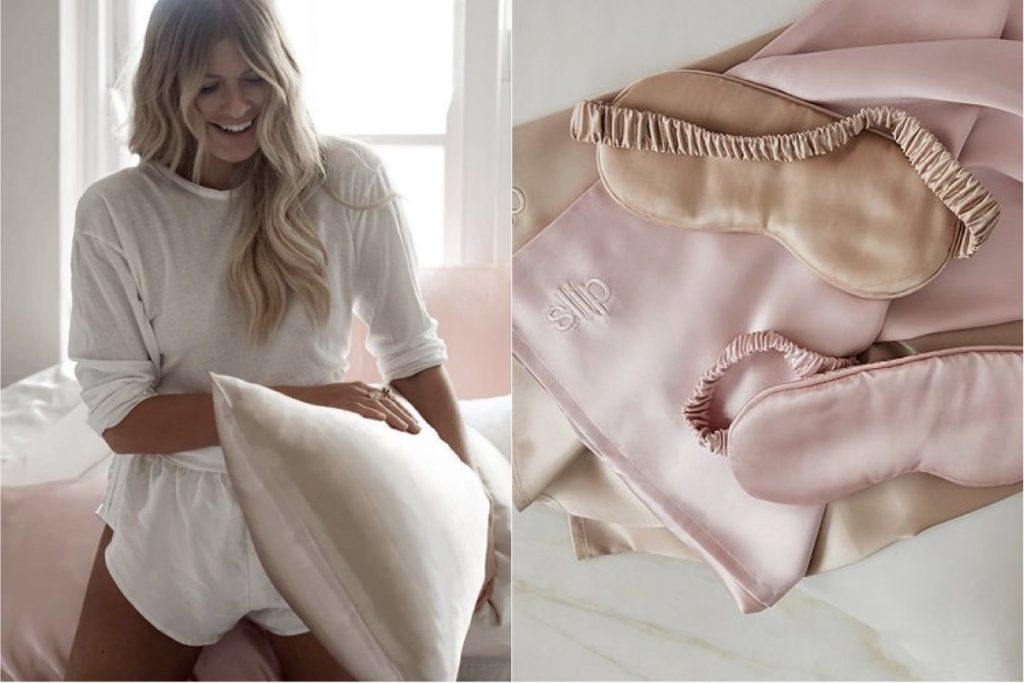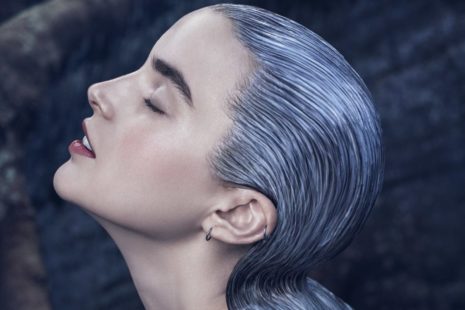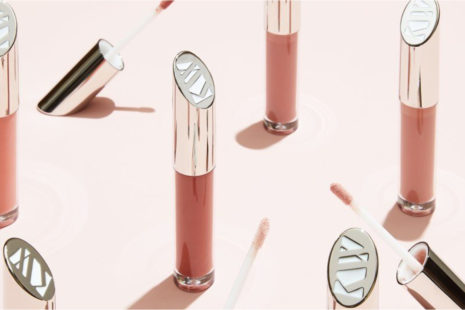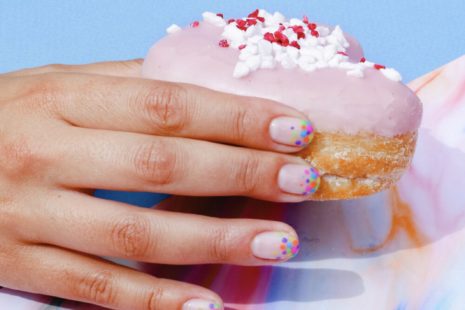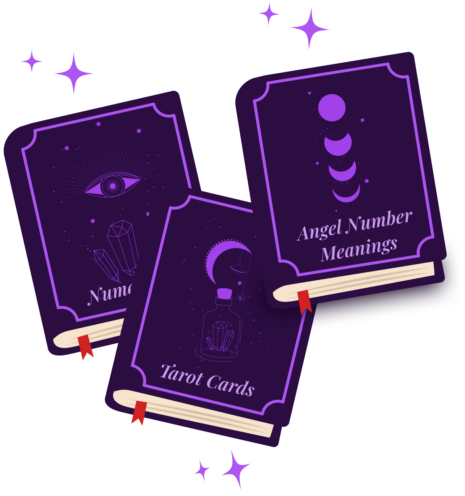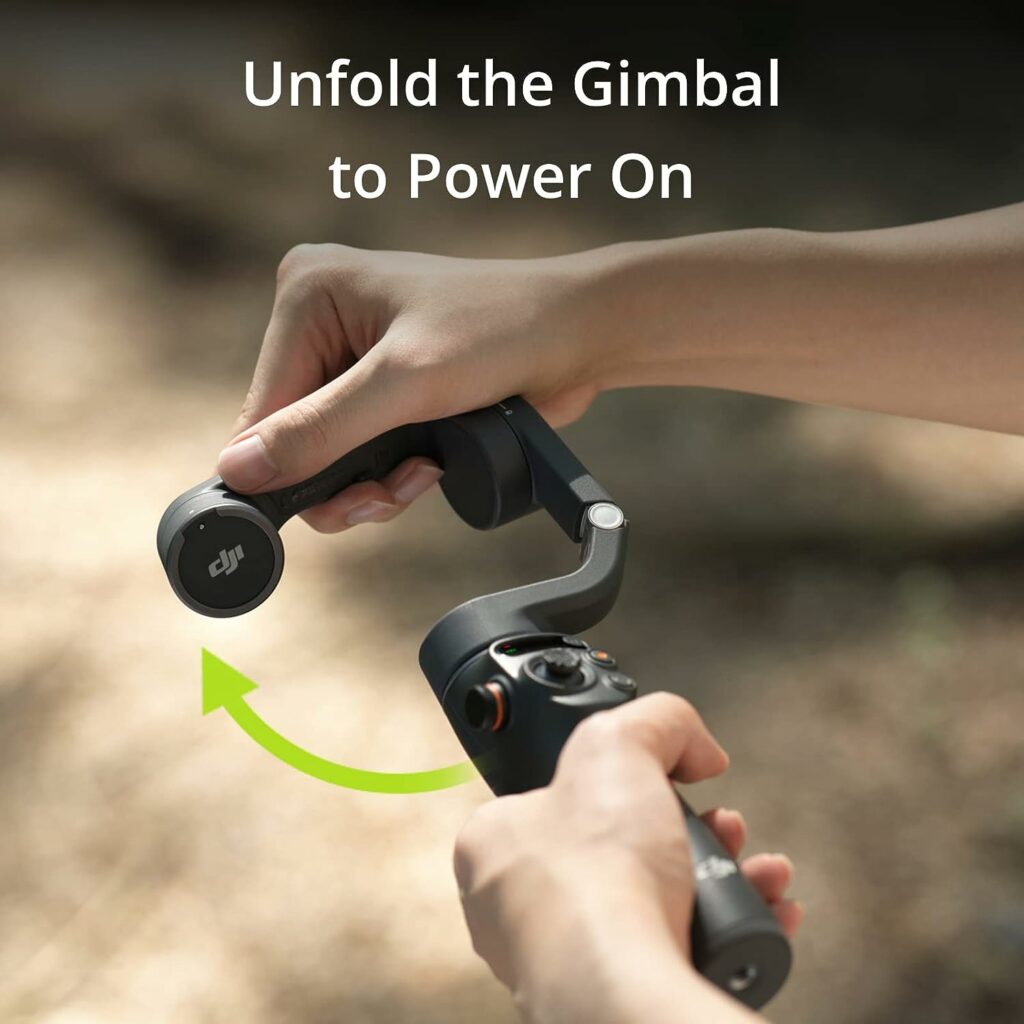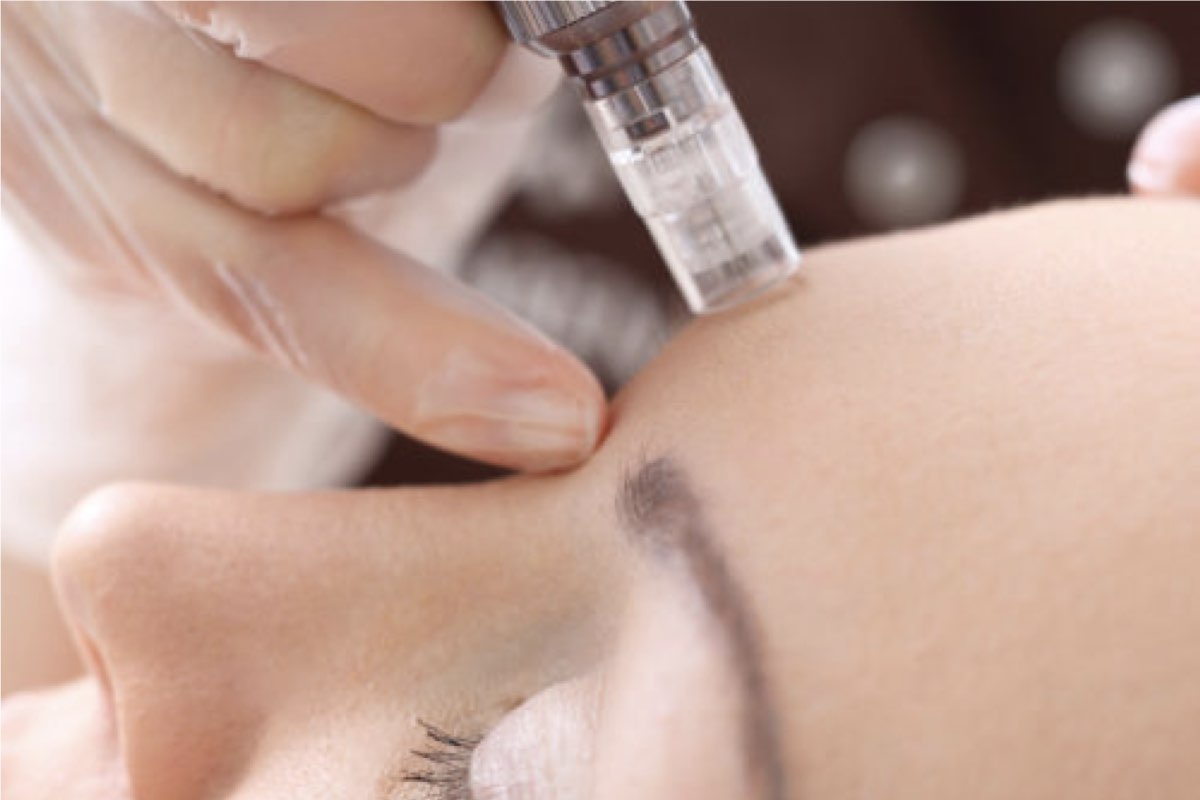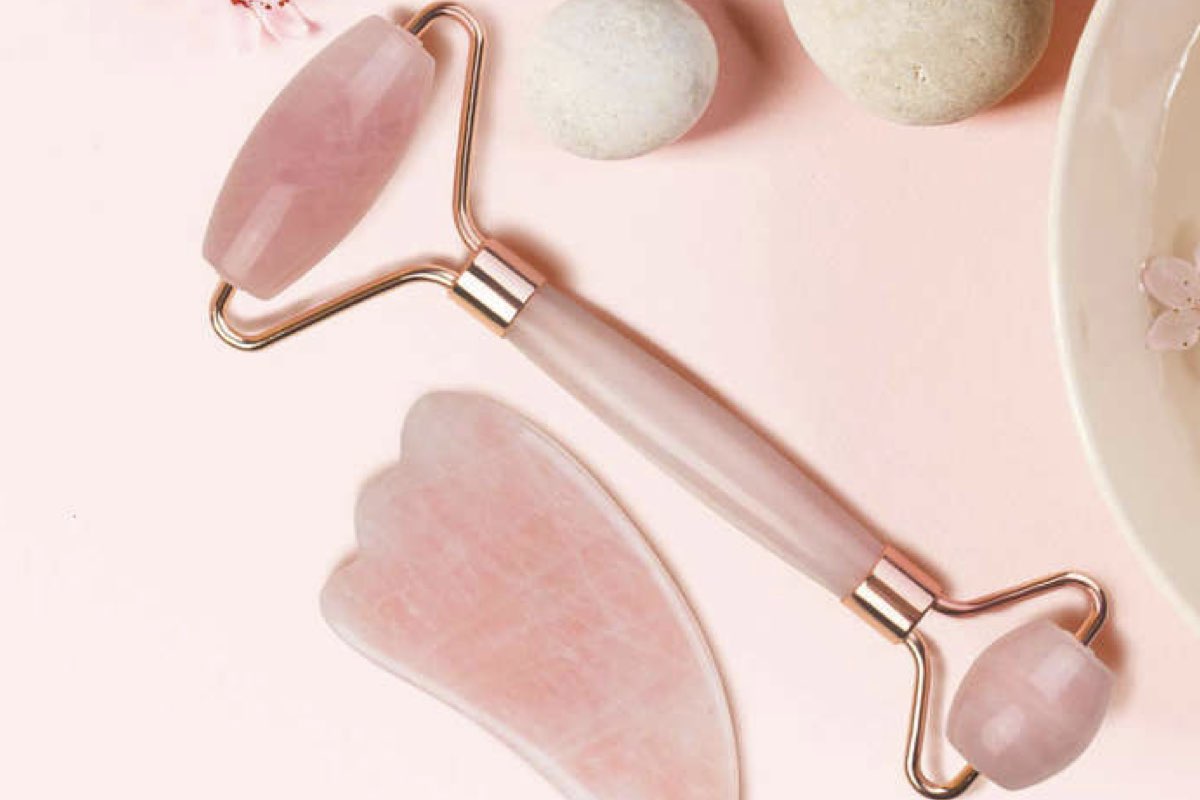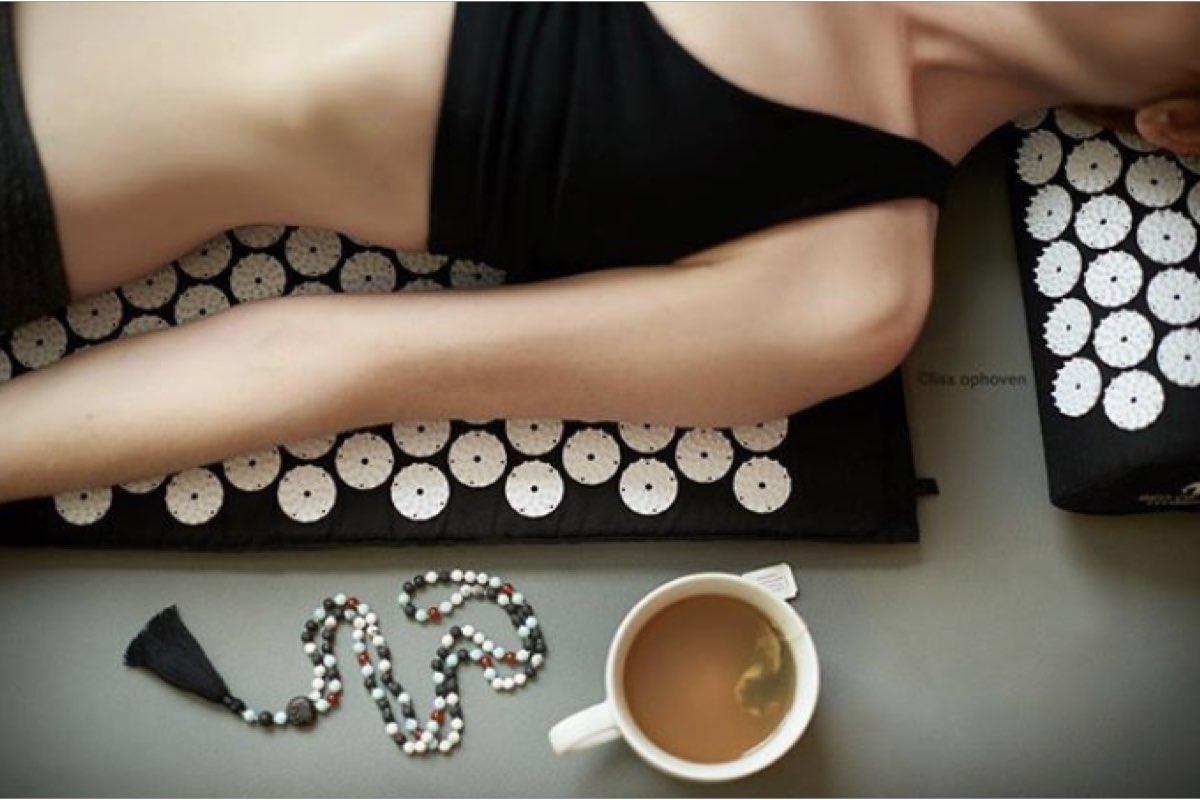From preventing frizzy bed hair, spots, lines and wrinkles, sleeping on a silk pillowcase has its advantages. At £80, it may sound OTT and indulgent, but in short, yes, it’s worth the investment says Charlotte.
I can’t be the only person who wakes up with pillow marks on the side of my face, and I wanted to see if I could do anything about it. So, I started looking into silk pillowcases, which I’ve read a lot about lately. My searches took me to Slipsilk – it’s a top-end brand to know about if you’re new to the hunt.
There’s no doubt silk pillowcases are better for your skin. Slipsilk’s founder and CEO is Fiona Stewart. “Slip silk fibres are significantly less absorbent than many other materials, so they can help keep your skin’s moisture and expensive face products where they belong – on your face. As skin ages, it loses elasticity and sleep creases – which are caused by friction and pressure on facial skin – can become more pronounced and long-lasting. While the creases usually go away later that day, they can be gradually ‘ironed in’ over the years. Sleeping on a Slipsilk pillowcase can help to reduce friction, allowing your skin to glide along the pillow while reducing extra pressure on creased skin.”
Elena Lavagni, owner and founder of Neville Hair & Beauty and the Facial Bar within it, agrees with Fiona. “Silk will help maintain moisture levels and stops your skin from drying out, which in turn helps prevent lines and wrinkles.” She goes on, “silk is a non-absorbent fabric so it won’t deplete your moisture levels or absorb your creams. Sleeping on silk puts less pressure on the skin which is good news – less creases and latterly less wrinkles. Sleeping on cotton or man-made fibres draws moisture from your skin causing it to become dry and parched. When your skin is dehydrated, it causes lines to appear which eventually become permanent. Sleeping on a natural fibre silk pillow allows your skin to breath which lessens sweat, pimples and irritation.”
And if hair is your concern, silk is also the way to go. Elena says, “sleeping on a silk pillowcase helps prevent dry frizzy ‘bed head’ hair” and “can help extend a good blow dry, making it last days rather than hours. Silk is kinder to hair, as it doesn’t absorb moisture, sprays and hair serums. Hair which is dry appears frizzy and static, so having less stress on the hair cuticles means smoother hair with less tangles.”
I put my Slip to the test. My pillowcase comes in a Hugh Hefner-esque black, but white and other colours are available, as is personalisation. It’s smooth and soft to the touch and I sleep well on it. I wake up to absolutely no pillow crease marks on my face and my hair which is usually all over the place in the AM is much smoother than normal.
As a bonus, silk is hypoallergenic, so if you’re feeling stuffy regularly, consider making the move to silk. Now, a silk pillowcase is definitely pricy at around £80, but it’s an investment. I prefer to hand wash mine to keep it looking shiny and lovely, but you can machine wash them too (always follow instructions.) I review many products, only some of which I stick with, and a silk pillow is now a key part of my beauty arsenal.
By Charlotte
